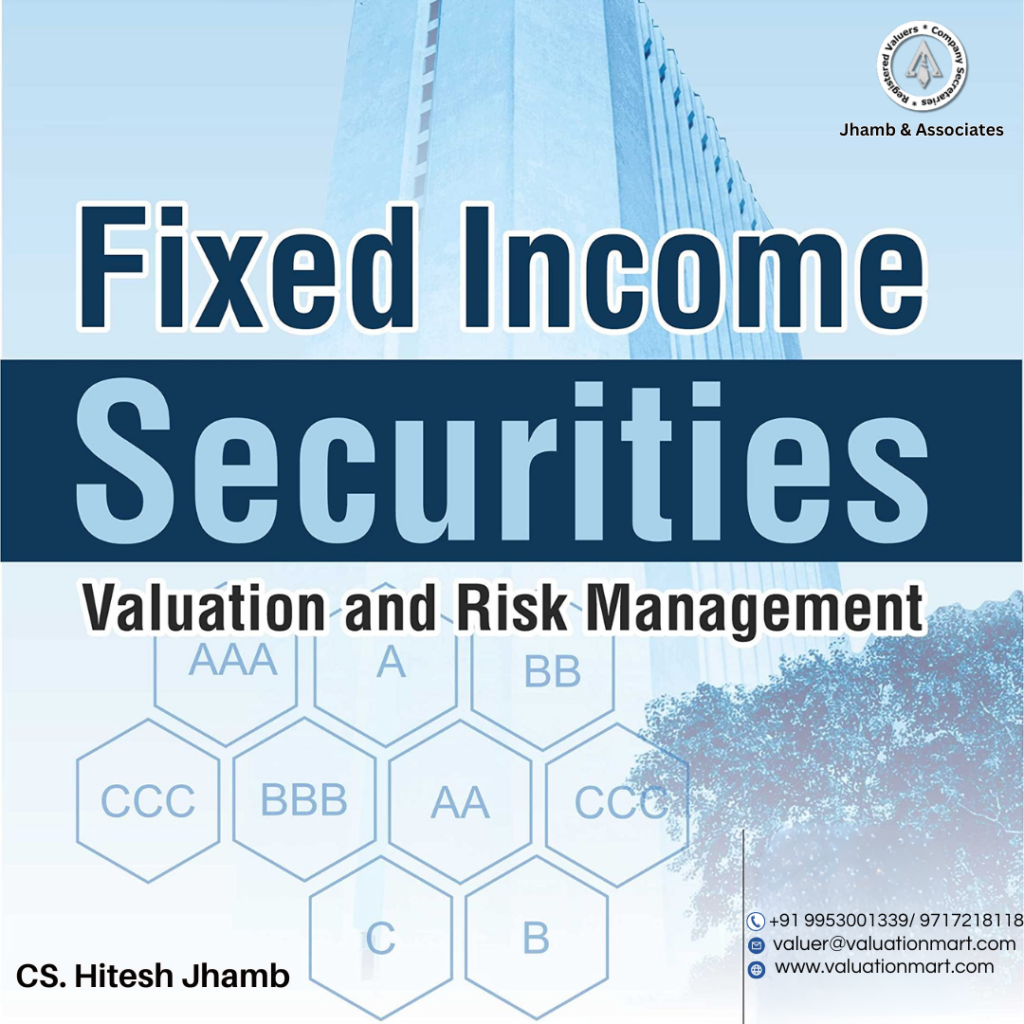The valuation of bonds and debentures is an essential aspect of investment analysis, corporate finance, and risk management. Investors and financial analysts use various valuation methodologies to determine the fair value of these fixed-income securities. The process of valuation ensures that investors make informed decisions, balancing risk and returns effectively. This article delves into the key methods used to value bonds and debentures and the critical factors influencing their valuation.
Understanding Bonds and Debentures
Before diving into valuation methodologies, it is essential to understand what bonds and debentures are. Bonds and debentures are debt instruments issued by corporations, municipalities, and governments to raise capital. They provide fixed interest payments, known as coupon payments, and return the principal amount at maturity.
- Bonds are secured debt instruments backed by specific assets or revenue streams.
- Debentures are unsecured bonds relying solely on the issuer’s creditworthiness.
Key Factors Affecting the Valuation of Bonds and Debentures
The valuation of bonds and debentures depends on several crucial factors, including:
- Coupon Rate – The periodic interest payments made by the issuer.
- Market Interest Rate – Prevailing rates that influence bond prices.
- Time to Maturity – The remaining duration before the bond matures.
- Credit Rating – The issuer’s creditworthiness impacts risk perception.
- Inflation – Higher inflation erodes the real returns from fixed-income securities.
- Supply and Demand – Market conditions and investor sentiment affect pricing.
Valuation Methodologies for Bonds and Debentures
1. Present Value Method
The most common approach in the valuation of bonds and debentures is discounting the future cash flows to their present value. This method uses the market interest rate (or required rate of return) to discount the periodic coupon payments and the face value of the bond at maturity.
Formula: P=∑C(1+r)t+F(1+r)nP = \sum \frac{C}{(1+r)^t} + \frac{F}{(1+r)^n} Where:
- PP = Price of the bond
- CC = Coupon payment
- rr = Market interest rate
- tt = Time period
- FF = Face value
- nn = Number of periods
2. Yield to Maturity (YTM) Method
YTM is the internal rate of return (IRR) an investor earns if they hold the bond until maturity. It considers all future cash flows, including interest payments and the face value.
YTM is calculated using trial and error or iterative methods, as it does not have a direct formula. Investors compare YTM with current market rates to decide whether to buy or sell a bond.
3. Current Yield Method
This method calculates the annual return on a bond based on its current price.
Formula: Current Yield=CP\text{Current Yield} = \frac{C}{P}
Where:
- CC = Annual coupon payment
- PP = Current market price of the bond
This method provides a quick estimation but does not account for capital gains or losses.
4. Bond Duration and Convexity
Duration measures a bond’s sensitivity to changes in interest rates. The higher the duration, the more sensitive a bond’s price is to rate fluctuations. Convexity adjusts duration to provide a more accurate measure of price sensitivity.
5. Market Comparable Method
This approach involves comparing the bond with similar bonds in the market based on yield, credit rating, and maturity. It helps investors assess whether a bond is overvalued or undervalued.
The Role of Market Conditions in Valuation
Market conditions significantly influence bond pricing. A rise in interest rates leads to lower bond prices, while a decrease in rates raises bond prices. Similarly, economic downturns or financial crises can impact investor confidence, affecting bond demand.
Valuation of Buildings and Fixed-Income Securities
Though seemingly unrelated, the valuation of buildings and the valuation of bonds and debentures share common principles. Both require assessing present value based on expected future cash flows, applying discount rates, and analyzing market conditions. Real estate and fixed-income investments depend on external factors like economic stability, interest rates, and inflation.
Conclusion
The valuation of bonds and debentures requires a deep understanding of various valuation methodologies, interest rate movements, and credit risk assessments. Investors can use methods such as present value, YTM, and market comparable to make informed investment decisions. Furthermore, financial institutions like Valuation Mart provide expert valuation services to assist investors in navigating the complexities of fixed-income investments. Whether assessing bonds, debentures, or even real estate assets, understanding valuation principles is crucial for financial success.


